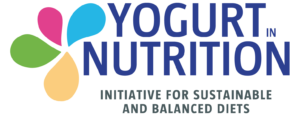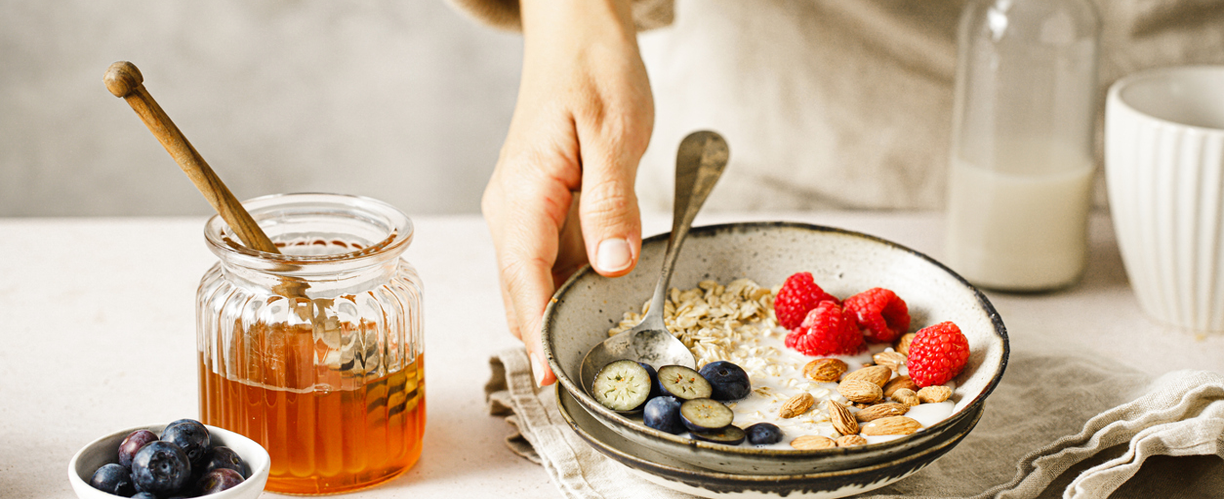Designing diets that are good for both people and planet is one of the major challenges of the modern world. That’s because a sustainable diet must balance its impact not only on health and the environment, but also on its cost and acceptability.
A study by food scientists in the Netherlands has explored this balance and come up with some surprising results – including the finding that cutting down on dairy foods and plugging the nutritional gap with other foods simply leads to a bigger shopping bill without making much difference to the environment (1).
The findings are set to fuel the debate surrounding plant-based versus animal-based diets – a debate that’s heating up as more people strive to eat sustainably.
Building sustainable diets that are healthy and affordable
Our food production takes a heavy toll on planetary health (2). In particular, animal-based foods generally have a greater environmental impact than plant-based foods (3). However, animal-based foods bring a unique set of bioavailable nutrients to our diets, which are not easily replaced (4).
Measuring the environmental impact of food products is often done through Life cycle assessment (LCA), which analyses their ecological footprint from ‘field-to-fork’ (5). But, despite being of key importance to dietary guidance, a food’s nutritional value and cost are not generally included in LCAs. With this in mind, the scientists set out to explore how dietary changes might affect the environment, nutrition, and affordability of what we eat.
The researchers used computer modelling to investigate the impact of changing the contributions of certain food groups to our diet. Rather than looking at foods one by one, they designed entire diets that meet our nutritional needs while also tracking environmental impact and cost. Their starting point was an average Dutch diet, optimised to ensure adequate nutrition. Then they modelled consumption of different food groups – including meat, dairy, fruit and vegetables – and the impact of these changes on dietary composition, cost and the environment.
Cutting out meat eases environmental impact but the diet costs more
The modelling revealed that cutting down on meat shrinks the environmental impact, but the overall diet becomes more expensive because of the replacement foods needed to maintain nutritional adequacy.
- Cutting out meat led to 25% reductions in carbon footprint and land use, while eating more meat increased the environmental impact of the whole diet more than any other dietary changes.
- Eating more meat increased protein consumption and reduced carbohydrate consumption, while fat consumption remained constant.
- An average Dutch diet was the cheapest, while both increases and decreases in meat consumption resulted in a more expensive diet overall.
These results suggest that foods included in the diet to compensate for eating less meat – such as fish, nuts, seeds and snacks – have a lower environmental impact than meat but may put more pressure on people’s purses.
Replacing dairy is expensive and doesn’t always help the planet
If milk, cheese, and yogurt were removed or reduced from diet models and replaced with other foods that could make up for the missing nutrients, the overall environmental impact of the diet stayed about the same. But the cost of the diet still leapt up:
- Eating less dairy did not significantly reduce environmental impact, and even completely cutting out dairy caused less than a 5% change in carbon footprint and land use.
- However, cutting out dairy products completely resulted in a diet that was at least 35% more expensive.
- Eating more dairy rather than nutrients from other sources reduced levels of overall fat consumption and increased protein and carbohydrate consumption as well as levels of calcium intake.
These results suggest that foods needed to compensate for the nutrient gaps left by removing dairy products – such as fish, vegetables, beans and pulses – tend to have a similar environmental impact to those of dairy products, but are much pricier.
Eating more fruit and vegetables doesn’t always lower environmental impact
Adding more fruit and vegetables to our diet is good for health. But in this study, doing so didn’t have a major environmental impact, with only small changes in the overall carbon footprint and land use of diets. However, it did make diets more expensive. Meanwhile, eating more beans and pulses did not have any significant effects on either cost or sustainability. Reduced consumption of all these foods had a limited impact on the intake of other food categories as well as overall nutrient intake.
Nutrient Trade-Offs and the Cost of Replacing Animal-Based Foods
The study highlights that reducing meat intake may lead to deficiencies in iron and selenium, while cutting back on dairy can compromise calcium and vitamin B12 levels—nutrients that are not easily replaced through plant sources alone. Although increasing fruit and vegetable consumption helps meet vitamin A requirements, it does not fully compensate for the loss of other essential nutrients. Moreover, replacing nutrient-dense foods like dairy with plant-based alternatives often results in higher dietary costs. These findings suggest that sustainable dietary transitions must be carefully designed to remain both nutritionally adequate and economically accessible.
Sustainable eating requires a whole diet perspective, not just individual foods
These results highlight the importance of a diet-based approach to sustainable eating – foods must be seen in the context of an entire diet and its role in providing all necessary nutrients. A single food might seem sustainable on its own, but if it cannot replace key nutrients affordably and sustainably, itcannot be considered as a sustainable solution.
Research shows that most people are more likely to make small, incremental changes to their diets rather than adopt entirely new eating patterns if these small changes have an environmental benefit (6). But when cutting down on certain foods, it is crucial the substitution food is nutritionally equivalent and affordable. For example, dairy foods contribute around 60% of total calcium intake in the Dutch diet as well as many other essential nutrients, making their replacement particularly complex (7). This study shows that sustainable replacement of dairy foods is tricky and comes with a sizeable cost.
The researchers conclude that changes toward diets with a lower environmental impact should be achievable and affordable for consumers. They propose that a sustainable diet should be mostly plant-based but strategically optimised with animal-based foods to ensure they still meet nutritional goals.
“It would appear that while a reduction in meat products can indeed reduce the climate impact of the diets, that of dairy products is unlikely to do so. Hence, while sustainable diets will include a shift to plant-based, they will still require animal-based products as critical sources of nutrients.”



